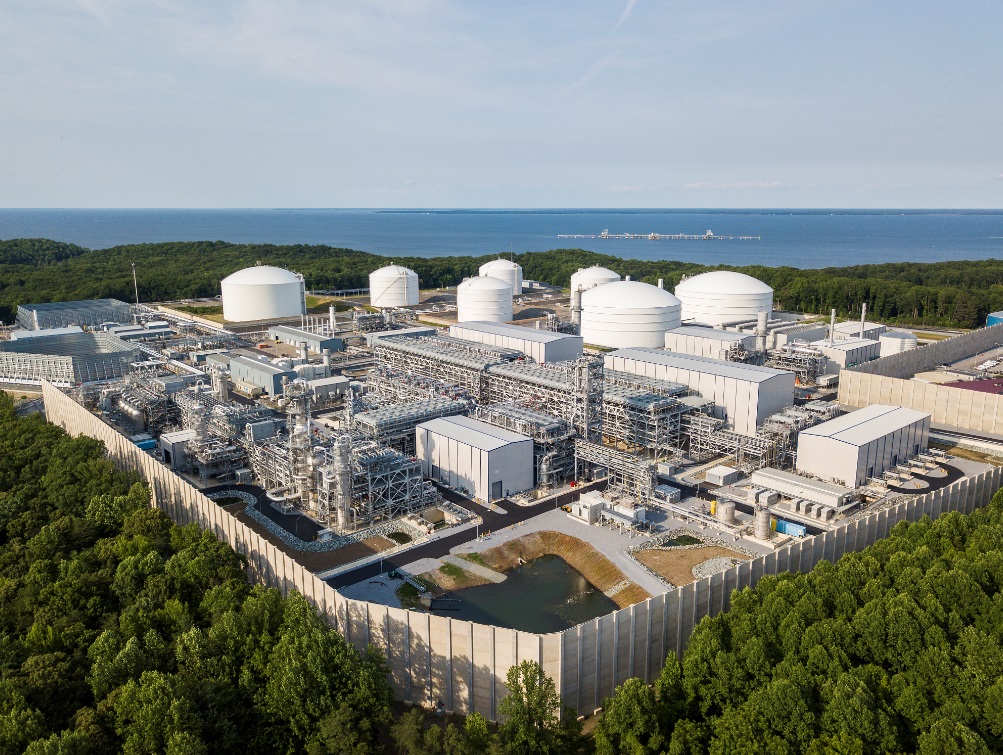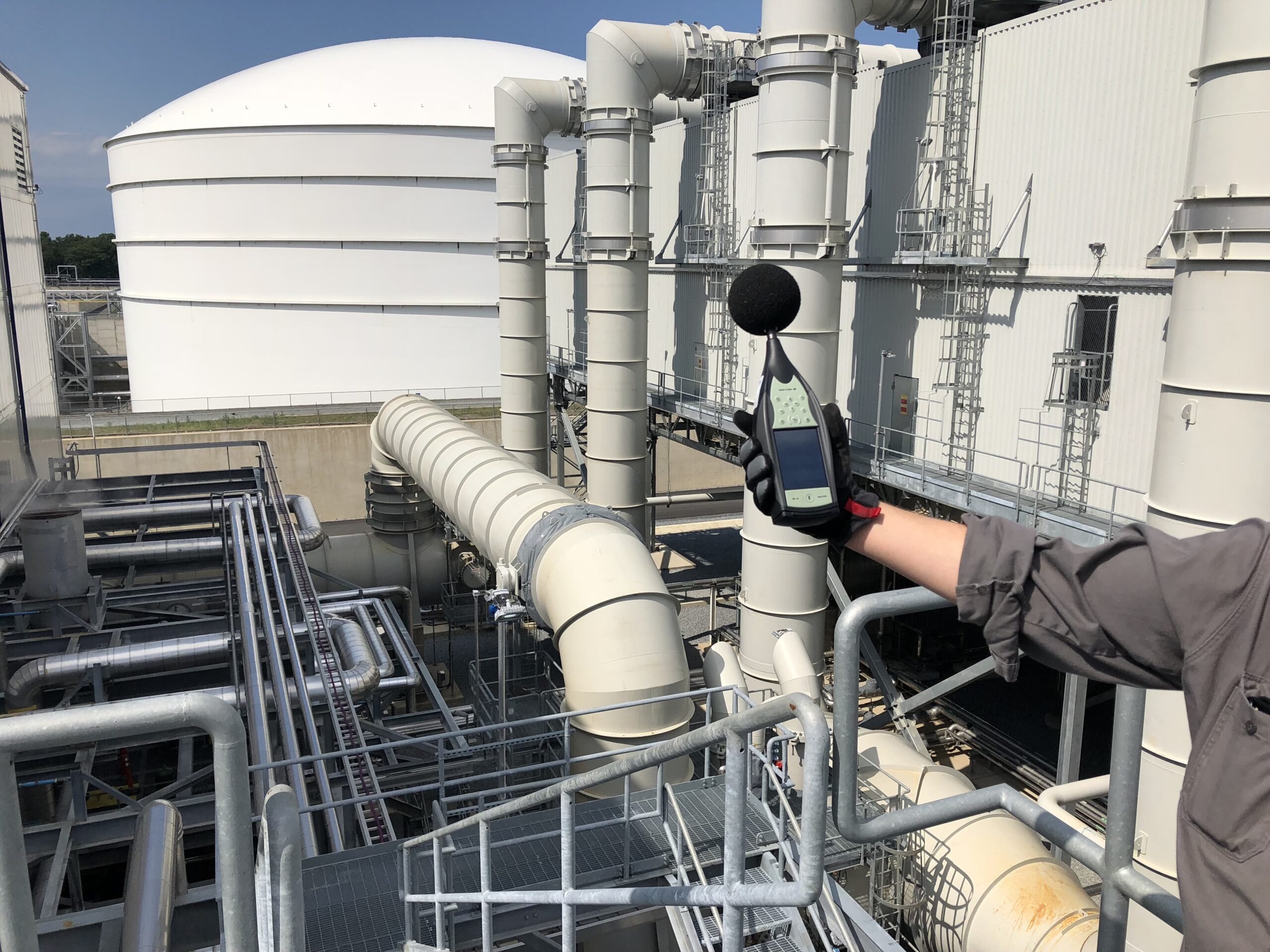LNG Facility Noise
General Information on Noise from Liquefied Natural Gas Facilities
Liquefied natural gas (LNG) export facilities are large-scale industrial operations that involve the processing, liquefaction, and transfer of natural gas onto ships. These facilities encompass various noise-generating equipment, including large compressors, pumps, turbines, and cooling systems. The processes of chilling natural gas to its liquid state and then pumping it into tankers creates significant noise. Additionally, the frequent movement of large transport ships adds to the overall noise profile of these sites. The combination of these factors can lead to substantial noise emissions that impact surrounding communities.
The noise generated by LNG export facilities can manifest in a variety of ways, including continuous low-frequency hums, high-pitched turbine sounds, and intermittent bursts from venting or flaring operations. These noise emissions can propagate over considerable distances, particularly low-frequency sounds, leading to concerns from nearby residents regarding sleep disruption and overall quality of life. Consequently, noise mitigation is a critical aspect of LNG facility design and operation, often involving the use of acoustic enclosures, noise barriers, and advanced silencers to reduce the impact on the surrounding environment.
Noise Regulations for LNG Export Facilities
When it comes to regulating noise from LNG export facilities in the United States, the Federal Energy Regulatory Commission (FERC) plays a significant role. FERC is responsible for authorizing the siting and construction of onshore and near-shore LNG export facilities under Section 3 of the Natural Gas Act. As part of its review process, FERC must comply with the National Environmental Policy Act (NEPA). This requires FERC to assess the potential environmental impacts of proposed LNG facilities, which includes noise impacts.
FERC prepares environmental assessments or environmental impact statements for proposed LNG facilities. These assessments include analyses of potential noise impacts on surrounding communities. These reviews include public scoping, and comprehensive analysis of potential impacts on public safety, air quality, and noise. It is widely known that FERC utilizes a 55 dBA Ldn standard for noise, which is 24 hour day-night average noise level that includes a +10 dBA penalty added to the nighttime (10 pm through 7 am) noise levels. As the facility will generally operate at a steady-state condition, the maximum equivalent noise level (Leq) at a noise sensitive residence would be 48.6 dBA. This is important as it is not reasonable to measure facility-only noise for 24 hours due to other transient noises such as traffic, wind through foliage, aircraft, etc. Therefore, LNG facility developers are required to provide noise studies and propose mitigation measures to minimize noise impacts.
LNG projects that are approved and built are subject to FERC oversight for as long as the facility is in operation. In essence, FERC’s regulatory oversight ensures that noise from LNG export facilities is considered and mitigated to protect surrounding communities.
Other options can be vent silencers and/or quieter blades for every fan. Mitigation for immersion cooling and hydro-cooling, have more pumps creating noise which are easier to mitigate with lagging. The best way to mitigate Bitcoin mining noise is to have laws in place based on known measurements and modeling to help locate these facilities in compatible locations.
Frequently Asked Questions
How many LNG export facilities are there in the U.S. and where are they located?
As of 2025, the United States has eight operational LNG export facilities, with additional projects under construction. The Gulf Coast region is the predominant location, hosting six of these facilities across Louisiana and Texas. The remaining two operational facilities are situated on the East Coast in Maryland and in Alaska. Refer to the FERC website for up to date information.
What is the applicable noise regulation for all LNG export facilities?
Determining the “applicable noise regulation” for all LNG export facilities in the U.S. is complex, as it involves a combination of federal, state, and local regulations.
The Federal Energy Regulatory Commission (FERC) has jurisdiction over the siting and construction of LNG export facilities. FERC’s environmental reviews, conducted under the National Environmental Policy Act (NEPA), require assessments of noise impacts. FERC commonly utilizes a 55 dBA Ldn (day-night average sound level) standard when evaluating noise impacts on surrounding communities. This is a very common standard used in the oil and gas industry.
FERC Certificate Regulations – OrderNo. 700
In addition to federal regulations, LNG facilities must comply with state and local noise ordinances. These regulations can vary significantly depending on the location of the facility. Local zoning ordinances, noise control laws, and environmental regulations can all play a role. It is not uncommon for local ordinances to be more strict than the federal regulations.
Therefore, there isn’t a single, universally applicable noise regulation for all LNG export facilities. Instead, they are subject to a combination of federal oversight by FERC and potentially stricter state and local noise regulations.
Full Member of the Acoustical Society of America
Full Member of the Institute of Noise Control Engineering





